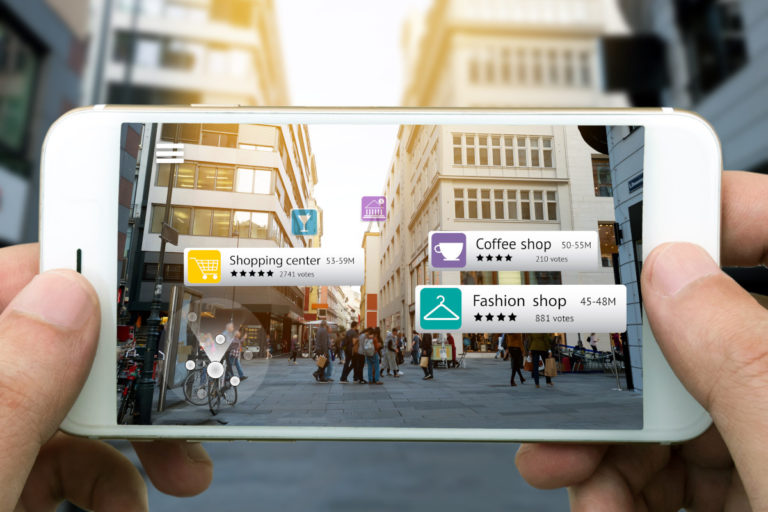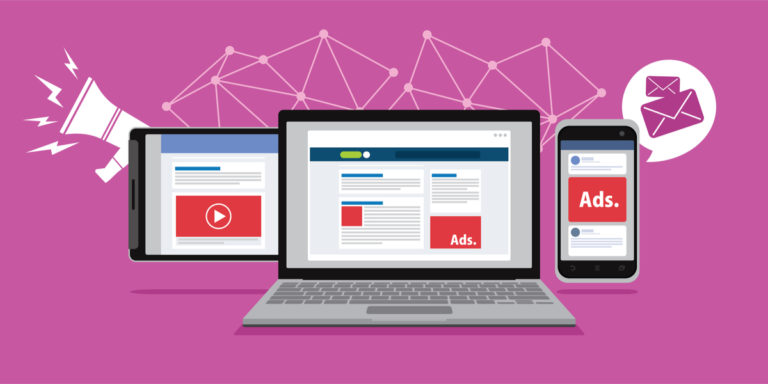What is Augmented Reality Marketing?
Augmented Reality (AR) adds computer-generated images to the viewer’s real-world surroundings. It operates in real-time, and it allows brands or businesses to stream marketing content directly into their customers’ lives.
While mixed reality technology like the Microsoft HoloLens is currently a novelty for consumers, AR marketing through a smartphone has a much broader user base. It might even be a good fit for your company.
Here are some of the top questions businesses ask before launching an augmented reality marketing campaign.
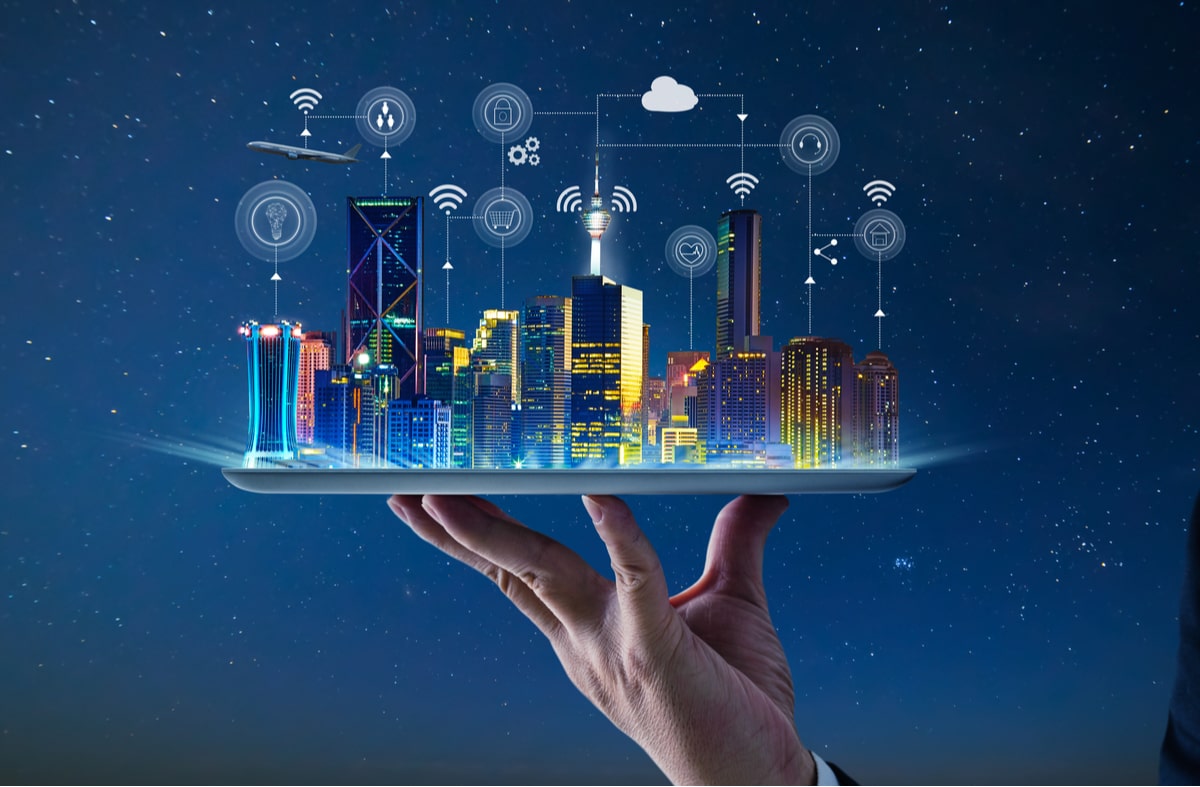
How Does an Augmented Reality App Work?
You may have used an AR app before without realizing it. Have you or your kids ever played Pokemon Go? That game uses AR to place cartoon monsters into the player’s view of the real world.
How it works is the app takes the phone’s live camera feed and then renders images into the picture. The marketing content is made to look like it is part of the real world.
The process is complicated because it has to happen in real time. The rendered image needs to update instantly whenever a new frame comes from the camera. In most cases, the AR feed is delayed by up to 50 milliseconds for rendering.
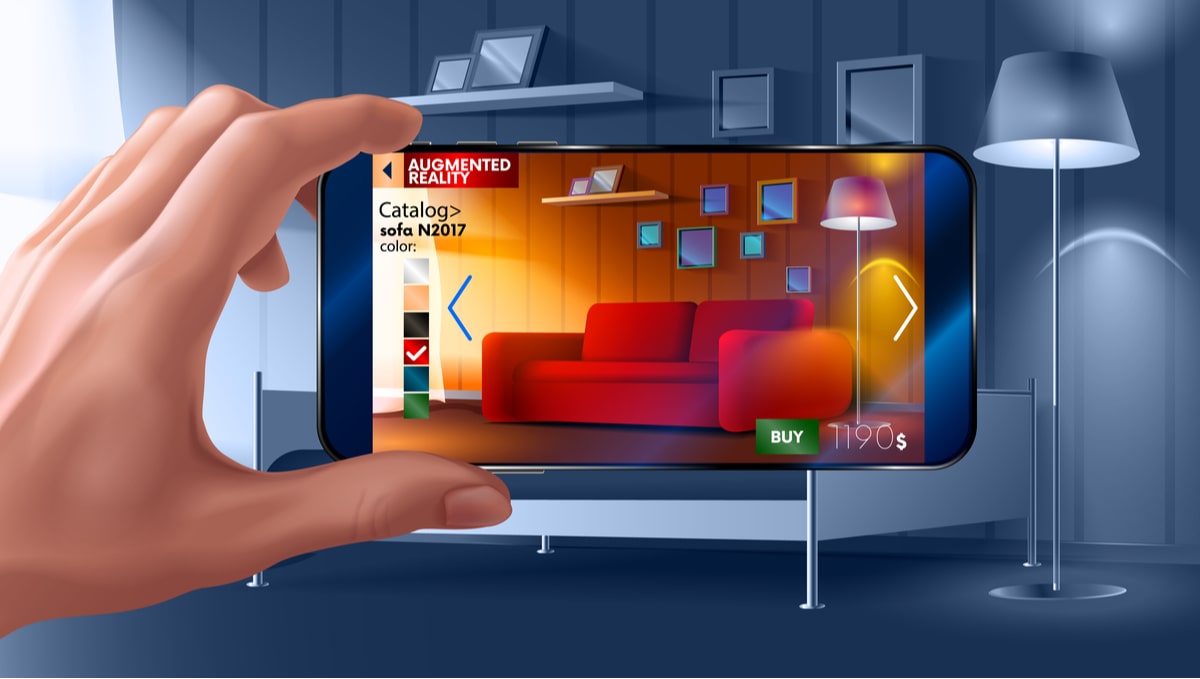
How Does Augmented Reality Marketing Enhance Non-Digital Products?
There are a wide variety of ways to use augmented reality marketing. Even companies without a digital product (or a very shallow digital footprint) can still benefit from this marketing solution. Here are a few examples of non-digital products marketed through AR:
A real-estate company could offer virtual dioramas of a new listing, letting home shoppers explore a home through AR.
A furniture store could allow people to see what a piece of furniture would look like in their home.
A clothing store could let shoppers try on digital outfits from home.
In fact, many of the best uses of augmented reality marketing (which I discuss more in-depth later in the article) work for both digital and non-digital products.
What Are the Benefits of Augmented Reality Marketing?
End-to-end marketing is the main advantage of AR. Today’s consumer still likes to try a product out in the showroom; even they may prefer to buy it online. It’s why Best Buy continues to thrive in its retail locations.
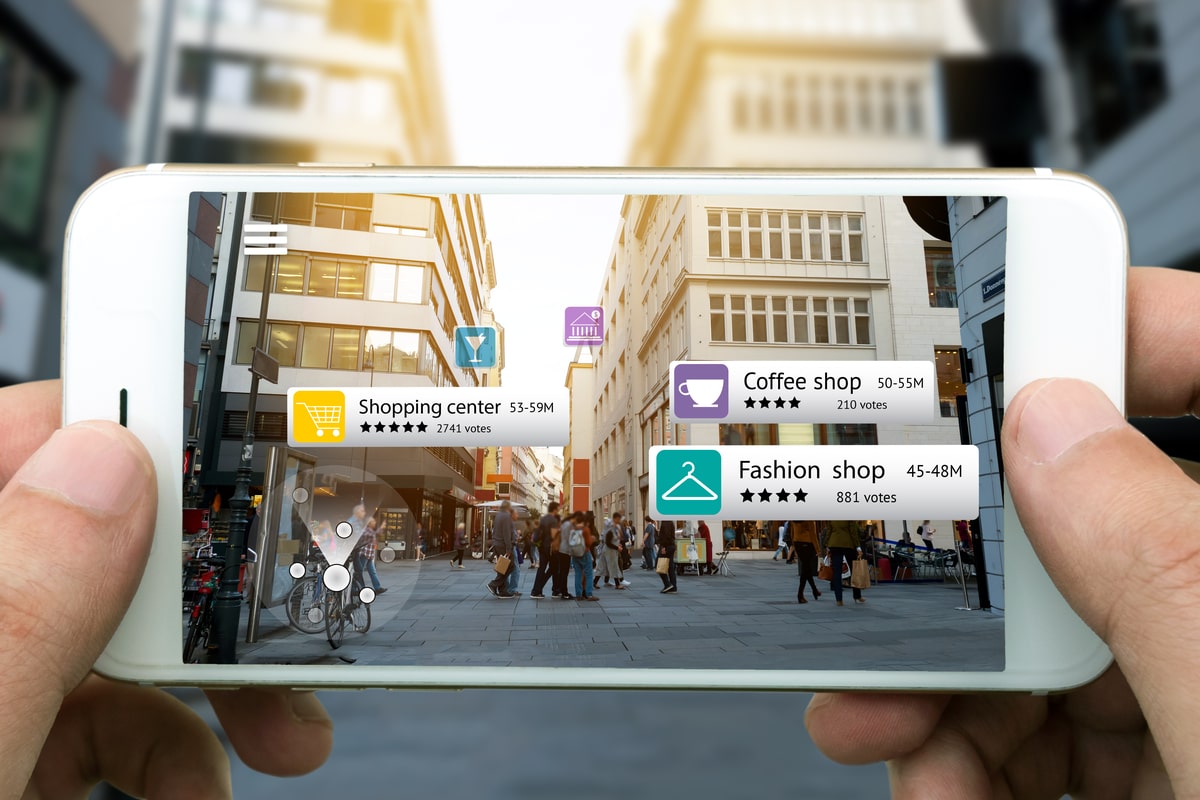
AR provides in-store experience to the online shopper, allowing them to:
- View what is inside the packaging
- Try and test new products – virtually, of course – and look at the items from all angles
- Compare and contrast various colors and model types to determine which one is best for them
- Best of all, order products through the app
Being able to do all of this through one app saves the consumer time and may even increase the likelihood of a sale.
4 Best Uses of AR Marketing
While AR marketing is still in its infancy, several industries have made a strong case for the new technology.
Virtual Tours
Ticket sales companies can easily display their stadiums or stages through AR, allowing interested customers to test out the stage’s view from various fields and purchase the ticket best suited for them.
Expand Branding Materials
Businesses can transform branding materials like business cards, brochures, and flyers by adding a virtual factor to them. Customers can scan these materials with their mobile devices in order to gain access to a wide range of features and information.
For example, customers can scan brochures right on the spot to add active elements to the brochure’s motionless text.
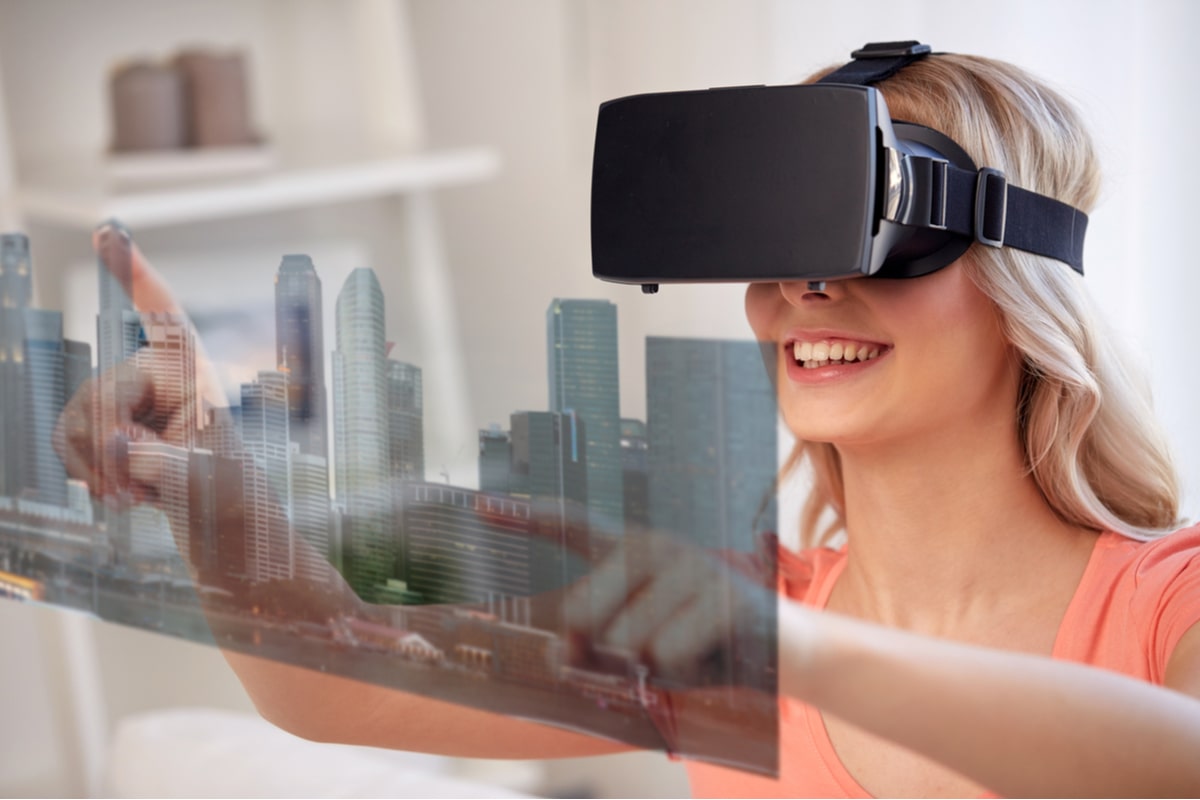
Create a Notable Reputation in the Market
While previous augmented reality applications primarily focused on direct sales and facilitating purchases, current AR tactics are using a different approach – entertainment.
If executed properly, a fun Augmented Reality experience will create a significant buzz for the market in its respective market. AR is a comparatively new notion for most people, and creating a well-designed and executed AR experience will leave people in awe and talking about what they had just witnessed.
An AR experience can be a differentiator in a competitive market and a tactic to set you aside from the competition.
Provides Leverage for B2B (Business to Business)
Augmented reality is ready to transform the B2B experience. While the B2B sales process has always been stressful with the constant battle to meet client expectations while dealing with the limitations of what a vendor can actually provide, AR can change the game by creating exciting sales presentation material.
Older B2B models rely on brochures, flyers, and possibly PowerPoint presentations. These devices do little to address one of the more significant ordeals of customer and vendor relations. Clients need to communicate correctly and efficiently. With the help of AR, clients can get more involved with the presentation.
Then, with AR assistance and after-sales guidance, clients are granted the possibility of remote tech support.
Benefits of Augmented Reality to the Customer
With its ability to present 3D objects, augmented reality has many advantages in the field of e-commerce:
An engaging 3D display of any product through augmented reality will provide much-desired customer engagement by presenting the virtualized version of the products in a physical environment.
AR also allows customers to try different products virtually with the help of equipment like an app and decide which product suits them best. Customers have the luxury to personalize and customize the product to fit their tastes.

Customers can even use AR to see a virtual route to your business, and if you have a partnership with the map app, your store might receive a more enticing virtual presentation through a flashy icon.
Different Types of Augmented Reality
Before you can get the most out of AR, you need to know the different ways the technology can be utilized by marketers.
Marker-Based Augmented Reality
Marker-based augmented reality is when a device’s camera is used to identify graphic markers, such as barcodes, in order to provide the necessary information regarding the object on the screen. In order to work, the captured image needs to feature distinct points that can be marked.
Markerless Augmented Reality
Markerless Augmented Reality uses data sources such as a device’s accelerometer and GPS tracking in order to overlay 3D content into a new environment.
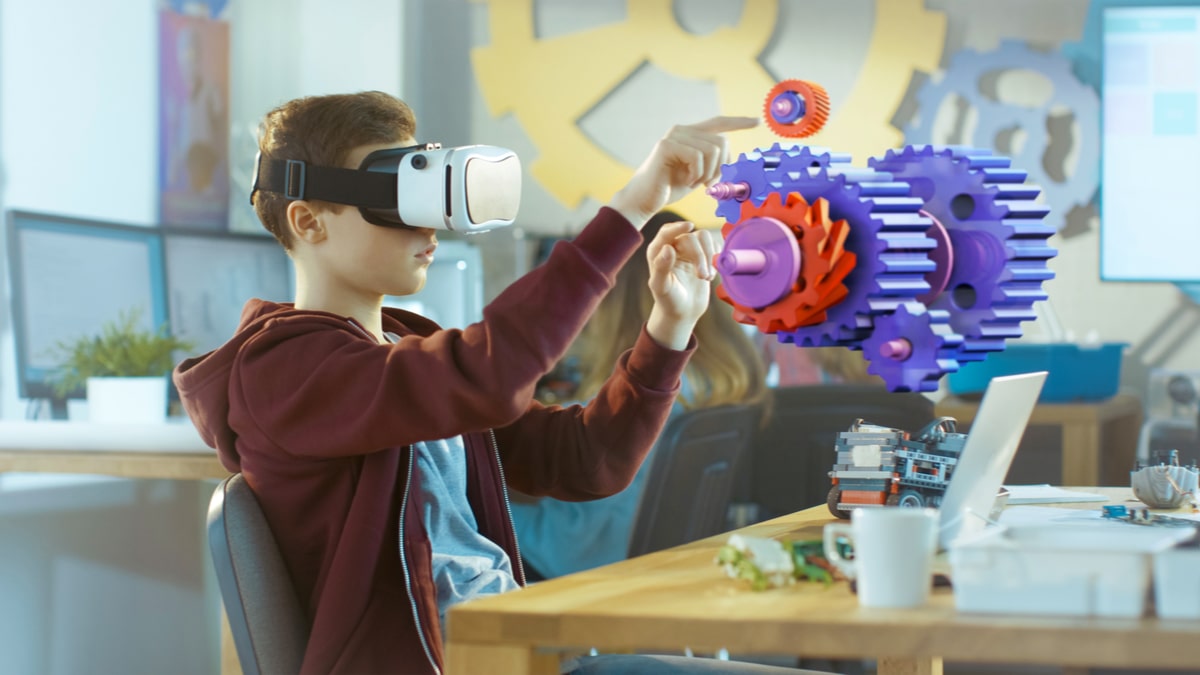
Superimposition-Based Augmented Reality
Superimposition-based augmented reality is used to substitute the appearance of a real image. Object recognition is an important feature here. For example, placing a sofa in a living room with the respective brand app can help customers picture the product better.
Projection-Based Augmented Reality
Projection-based Augmented Reality sends artificial light onto real environments. It is used for large-scale events.
Augmented reality is more than just a new up-and-coming tactic to get better sales or improve gaming features. It is one of the most influential driving forces of marketing and customer integration.
5 Cases of Augmented Reality Boosting Business Sales
After 28 years after the first fully integrated AR system developed by Louis Rosenberg at the U.S Air Force Research Laboratory, AR has made its way through the market to target sales. Games such as Pokemon Go helped teach millions of users how to interact with virtual objects on their phones in the real world. Apps such as Snapchat allow users to transform into any interesting character of their choosing. It is safe to assume that the digital AR world is becoming a little more real.
With all the fun and games attached to AR, its transformative abilities are not just for entertainment; there is serious business behind the matter. Some of the world’s largest and most prominent companies are incorporating AR solutions to introduce their products into the market. Soon enough, customers will not just be amazed by AR’s presentation; rather, they will expect it. AR boasts product features and capabilities as a means to drive sales through the roof.
Ikea
One of the initial and significant AR applications in commercial markets is through Apple’s Arkit with Ikea. The Swedish multinational group implemented augmented reality to use customer’s mobile device cameras to visualize Ikea items in a chosen space. Customers can have their pick from sofas, end tables, lamps to chairs and closets, and a massive list of over 3,200 items to be virtually placed in any corner of the house. As one of the U.S.’s leading furniture stores and possibly the world’s, it is an efficient way to introduce AR’s marvels into the mainstream public.
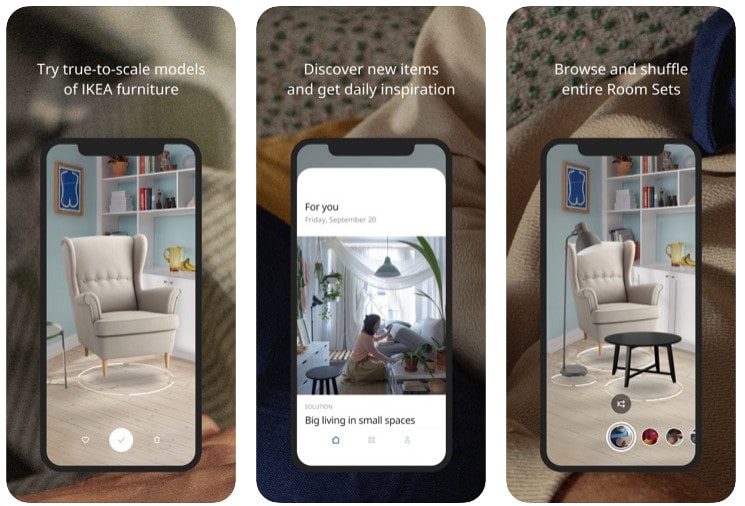
Movers, decorators, interior designers, and homemakers will appreciate the simplicity and convenience of the notion. The app is known as Ikea Place, and it will take away much of the guesswork and difficult decisions regarding purchases. Before AR, people would go out to shop for their desired or needed furniture, then drive back to the house to measure their available space, and then again drive again to the store to purchase the item and take home to assemble. That is a lot of back and forth that AR can eliminate. Ikea Place allows users to preview any item in real-time, and save them from the hassle of driving countless times to the store. With the advantages of the AR application in Ikea Place, the company is able to narrow down many of the unnecessary returns and improve customer satisfaction.
Zara
Zara inspires its customers to “shop the look” with its avant-garde implementation of AR within its app. The Spanish apparel retailer managed to transition the runway look to retail. The innovative replacement of window display and in-store mannequins with models and product demonstrations help bring forward virtual life into the physical store. With this fresh and modernistic approach to shopping, customers might as well never set foot in a physical store to try on clothes. Providing a unique customer experience, shoppers can now have a model’s outfit shipped to their doorstep.
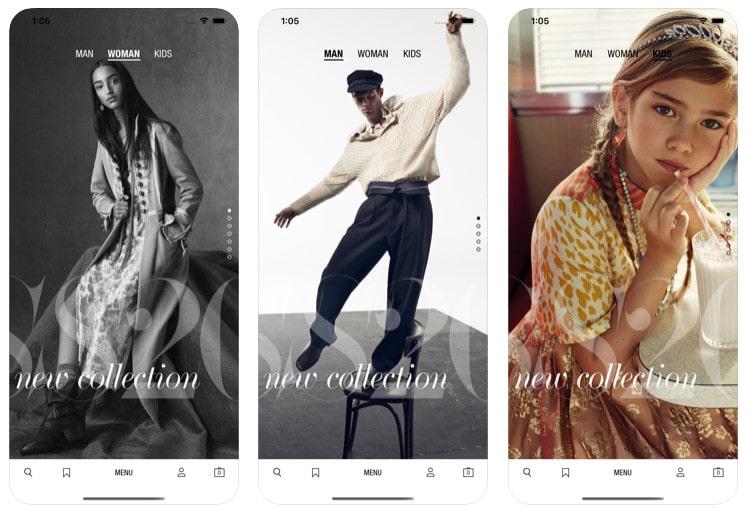
PEZ
Pez, a 93-year-old Austrian candy company, has become the leader of AR technology in the field In 2018, the company introduced PEZ Play, a new AR app made to increase excitement and customer integrations, all the while growing sales. The PEZ Play app can be accessed with unique candy codes found within PEZ refill packs. Using the app to scan the code, customers can then enter PEZ World. This will open up a world of fun characters, puzzle games, and challenges. A wide array of minigames are proved to be incredibly addictive and kid-friendly. There are different codes included among millions of PEZ packs; this, in turn, ensures that customers keep on coming back. After enjoying a myriad of PEZ Play games, children and adults are driven to purchase more candy to access more PEZ Play World tasks.

Coca-Cola
Founded in 1898 in Atlanta, Georgia, this refreshing soda drink has made its way to every kitchen table and lunch combo. One of the leaders in the soft drink industry, Coca-Cola collaborated with Tactic, an AR developer, to boost its sales. Their aim was to offer a fun holiday experience featuring Coke’s iconic polar bears.
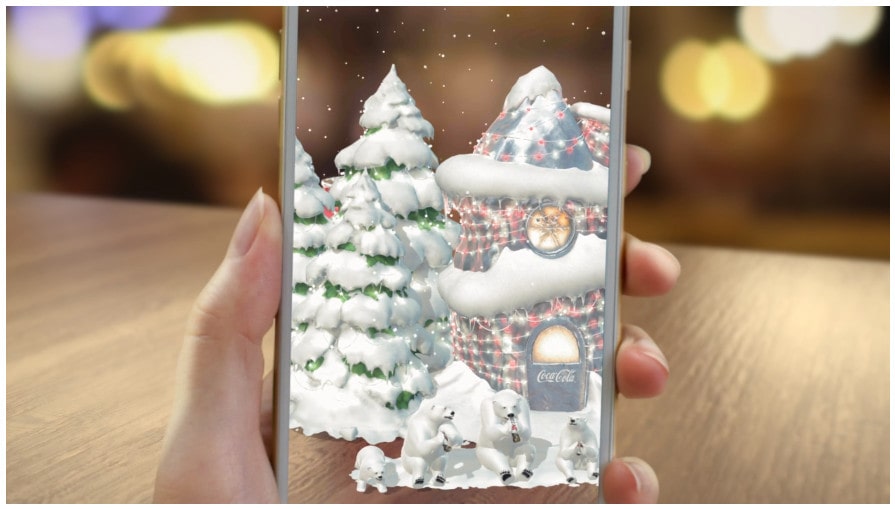
Customers were able to use the app to watch a Coca-Cola-themed adventure unfold in their houses.
MakeupPlus
Who doesn’t love to play makeovers?
CoverGirl, one of the leading American cosmetics brands, turned every girl’s dream into a reality – somewhat. CoverGirl’s Virtual Makeover transformed selfies. The now-defunct non-app experience allowed customers to utilize their phone cameras to snap a photo of themselves and use the digital makeup app to try on lipstick, eyeliner, blush, and any other makeup product they desired. This ingenious integration of AR into the beauty world allowed customers to shed hours spent at beauty perks trying on different makeup products. Unfortunately, the makeup giant has since abandoned its AR plans, showing that the AR experience doesn’t fit every niche perfectly.
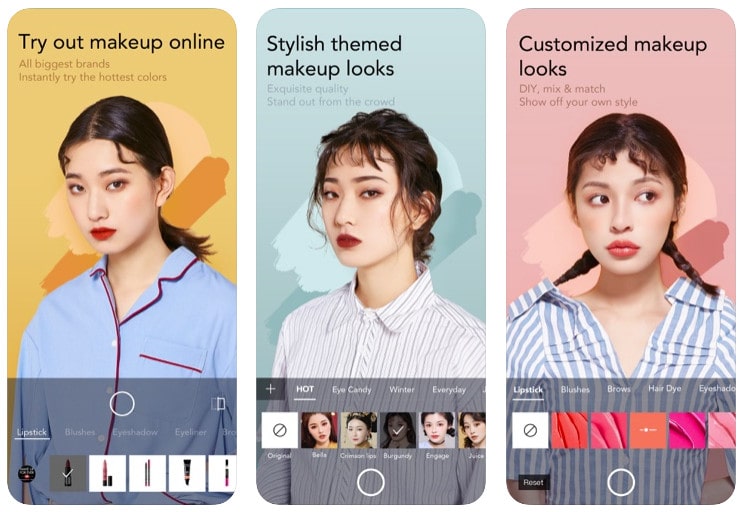
A benefit to this AR experience is that customers do not need to fill up their phones with yet another app. As we said, they could simply access the help of Virtual Makeover through the browser. While this innovation helped save customers hours spent at makeup stores, it also helped the retailers save millions of dollars allocated to product samples. It’s anyone’s guess why the AR experience ultimately failed.
There are popular makeup apps out there, such as MakeupPlus (pictured above). While not tied to a retail store, these apps continue to show the potential of using augmented reality filters to turn the customer’s camera into a virtual vanity mirror.
From home furniture to makeup, clothes, and children’s candy, AR is indeed making its way through all the markets.
